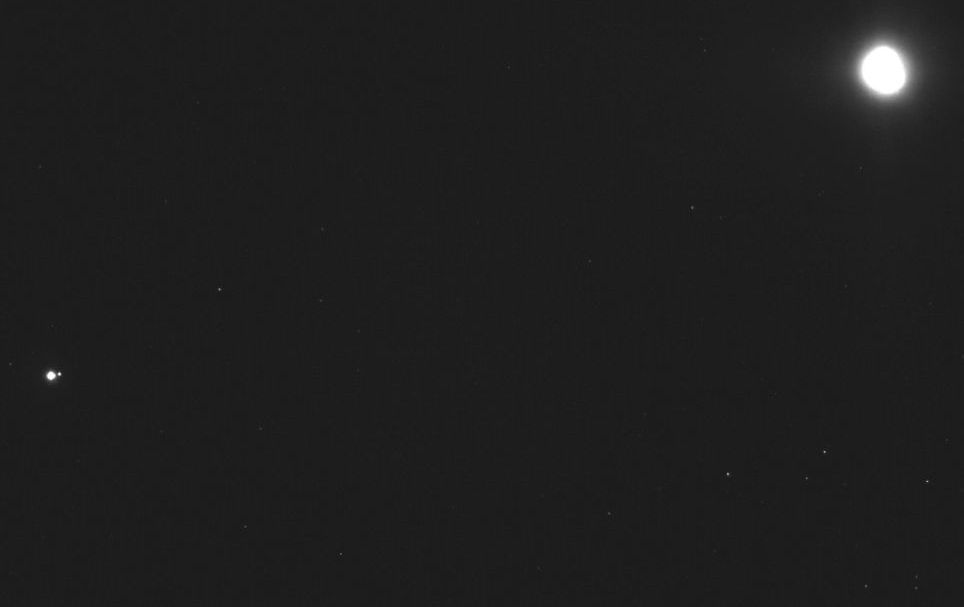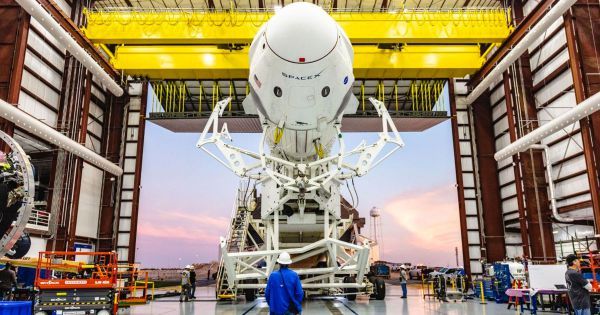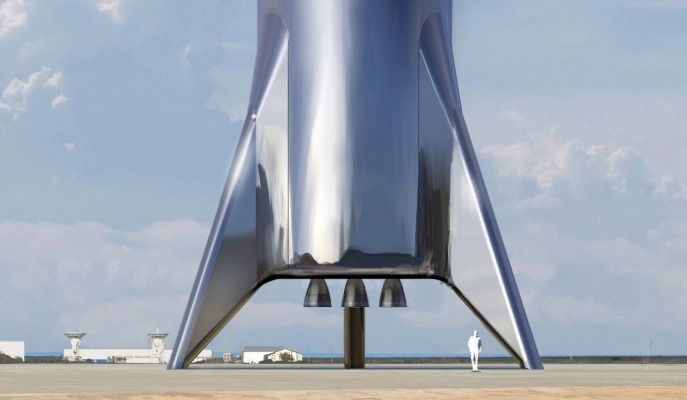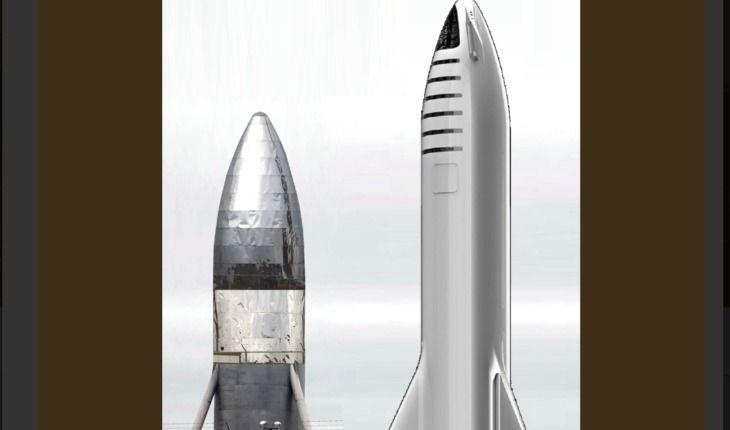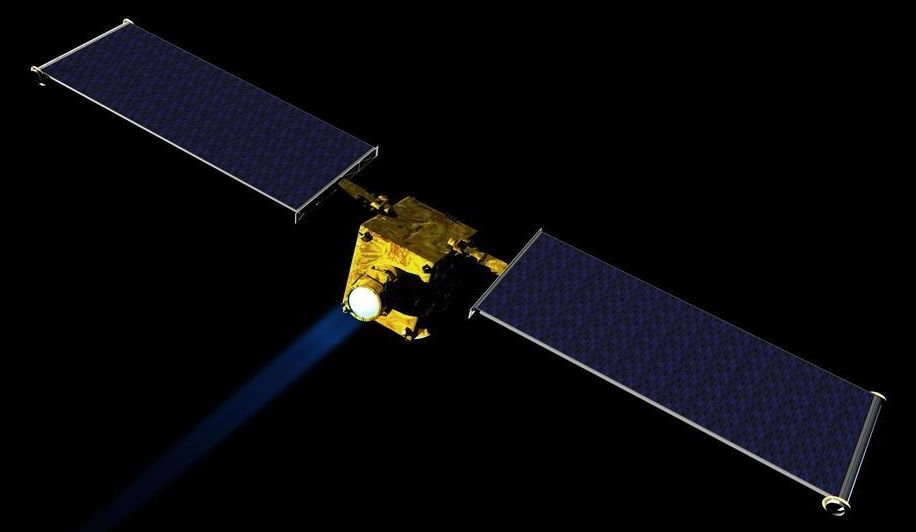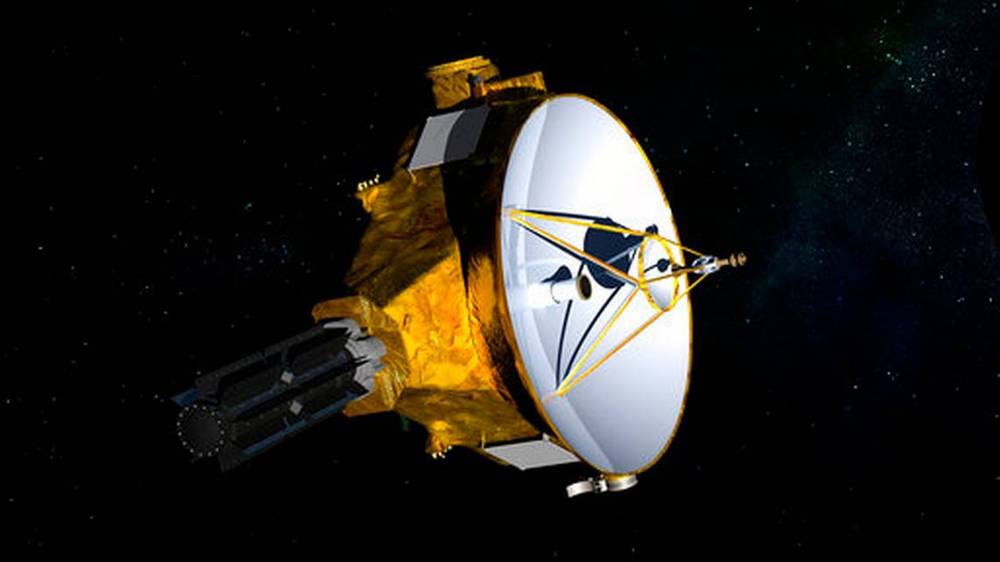CAPE CANAVERAL, Fla. (AP) — An asteroid-circling spacecraft has captured a cool snapshot of home.
NASA’s Osiris-Rex spacecraft took the picture days before going into orbit around asteroid Bennu on New Year’s Eve.
The tiny asteroid — barely one-third of a mile (500 meters) across — appears as a big bright blob in the long-exposure photo released last week. Seventy million miles (110 million kilometers) away, Earth appears as a white dot, with the moon an even smaller dot but still clearly visible.
